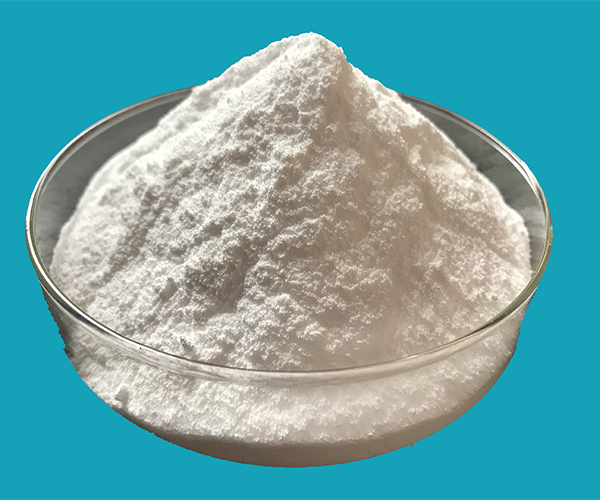Sodium carbonate, with the chemical formula Na₂CO₃, is a white, odorless powder. It is also known as soda ash or washing soda. It is soluble in water and forms an alkaline solution. Sodium carbonate can be obtained through various methods, such as the Solvay process.
Sodium carbonate has a wide range of uses in different fields:
Glass Manufacturing: It is a crucial raw material in the glass industry. It helps lower the melting point of silica, the main component of glass, and facilitates the formation of a homogeneous glass structure. This leads to the production of high - quality glass with good clarity and strength, which is used in the manufacturing of windows, bottles, and other glass products.
Detergent Industry: In the detergent industry, sodium carbonate is used as a builder. It helps to soften water by removing calcium and magnesium ions, which can interfere with the cleaning action of detergents. It also enhances the alkalinity of the detergent solution, improving the cleaning power and emulsifying properties, thereby effectively removing dirt and grease from fabrics and other surfaces.
Chemical Industry: It serves as a basic chemical reagent in many chemical reactions. For example, it is used in the production of sodium bicarbonate, sodium silicate, and other sodium - based compounds. It can also be used to neutralize acids in various chemical processes and as a catalyst or a promoter in some organic reactions.
Paper Industry: In the paper industry, sodium carbonate is used in the pulping process. It helps to break down the lignin in wood fibers, making it easier to separate the cellulose fibers and produce pulp. This improves the quality of the pulp and the final paper product, enhancing its strength and smoothness.
Textile Industry: Sodium carbonate is used in textile processing, particularly in dyeing and printing. It helps to adjust the pH of the dye bath, which is crucial for the proper absorption and fixation of dyes on fabrics. It also aids in the removal of impurities and natural waxes from the fabric surface, improving the dye - uptake and the overall color fastness of the dyed textiles.
 English
English Español
Español Português
Português Français
Français Deutsch
Deutsch Русский
Русский 中文
中文 日本語
日本語
